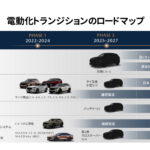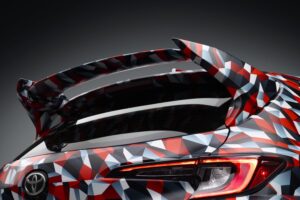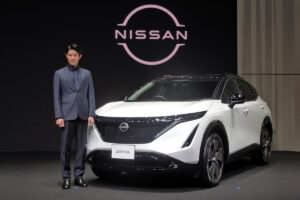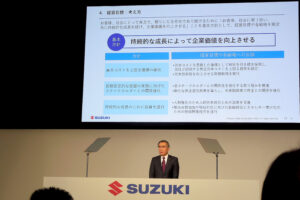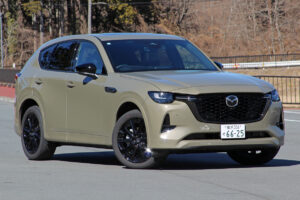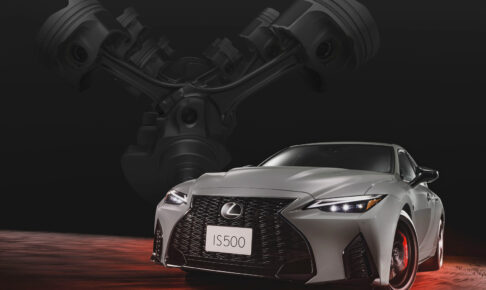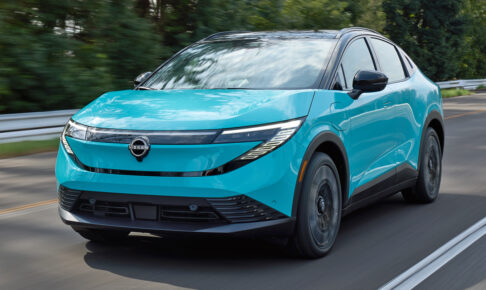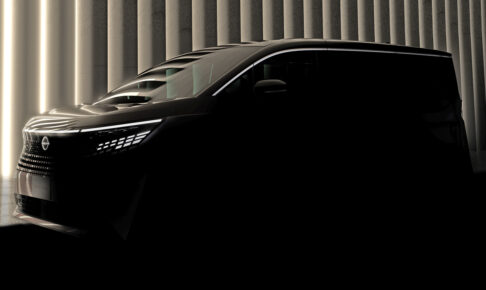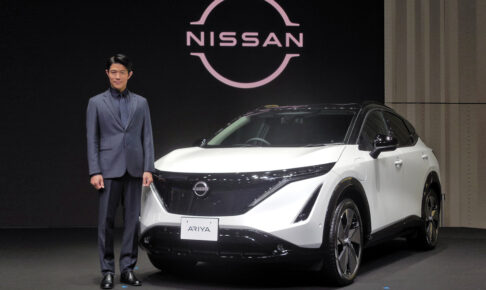Volvo declared in 2021 that it would transform itself into a complete BEV manufacturer by 2030, but later revised its plan and changed its policy to retain engine-powered vehicles such as mild HEVs in 2030. If this is the case, it will be necessary to maintain the product power of engine-powered vehicles in the future. This is why the XC90, which has been on the market for 9 years, has been refreshed with a facelift for the first time in 4 years.
This time, the entire nose was replaced from the front fenders forward, including the hood hood. In particular, the headlamps, which are based on a Thor’s Hammer motif, have been made thinner, and the radiator grille has been redesigned with more diagonal lines instead of vertical lines. The headlamps finally incorporated a welcome function that was adapted to meet Japanese regulations (it had already been adopted overseas, but had not been implemented because it did not meet domestic regulations). The new shape of the wheels is also not to be overlooked.
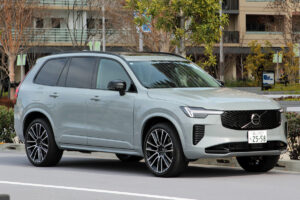
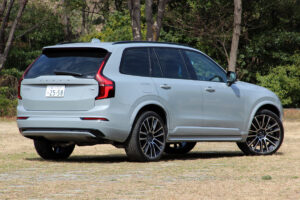
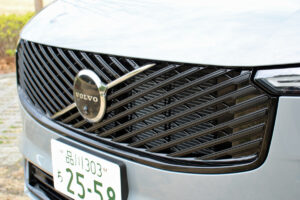
The diagonal line treatment is also used by BMW and Nissan. Will it become a trend in the future?
It may be hard to notice, but the instrument panel has been changed to a more horizontal tone on the interior, creating a more relaxed space. A fabric in front of the front passenger seat brings a warm atmosphere, and the ambient lighting underneath creates a cozy, lounge-like atmosphere. Another good news is that the wireless charging system in the center console has been moved forward to make the cup holders more convenient to use.
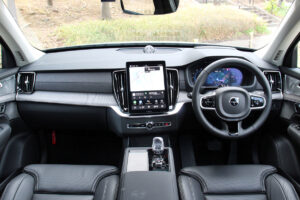
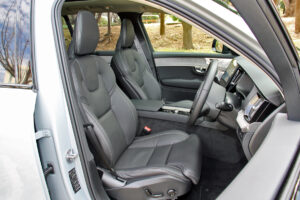
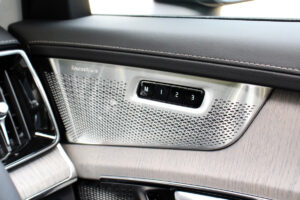
Bowers & Wilkins audio, which boasts a 50% installation rate, has a new speaker grille.
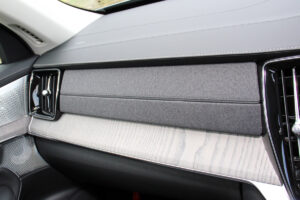
Fabric upholstery in front of the passenger seat brings a warm atmosphere.
The vertical infotainment screen, with most of the controls built in and the number of physical switches reduced to the absolute minimum, caused a stir at the time of its debut. With the redesign of the instrument panel, the screen has been enlarged from 9 to 11.2 inches. In addition, frequently used menus such as air conditioning and drive mode are now always displayed, further enhancing convenience. Of course, the Google Assistant has also been retained, and various voice commands are supported.
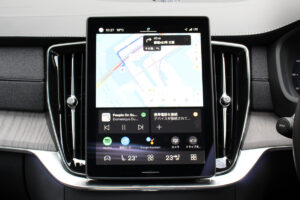
The vertical infotainment screen has been enlarged to 11.2 inches.
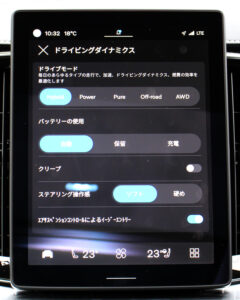
Drive modes can be switched on the infotainment screen. The menus are easier to access than before.
The plug-in HEV we tested inherited the air suspension and nothing has changed, including the power system that allows one-pedal driving. The car weighs more than 2 tons, so the impression is more “dynamic” than “nimble”. The EV mode, which runs only on the rear-wheel motors, and the Power mode, which increases the engine’s operating rate, can be selected from the infotainment screen along with the suspension settings.
The mild HEV, on the other hand, features a Miller cycle engine, a new intake manifold and pistons, and other details that have improved its fuel economy from 11.4 km/L to 12.0 km/L. The shock absorbers have also been upgraded to improve fuel economy. The shock absorbers have also been redesigned.
Main specifications (Ultra T8 Plug-in HEV)
Overall length x width x height: 4955 mm x 1960 mm x 1775 mm
Wheelbase: 2985 mm
Vehicle weight: 2300 kg
Powertrain: 2L straight-4 turbo (317ps/400Nm) & electric motor (front wheels: 52kW/165Nm, rear wheels: 107kW/309Nm)
WLTC mode fuel economy: 13.3 km/L
Drivetrain: AWD
Price including tax: 12,940,000 yen (not including options)
https://www.volvocars.com/jp/l/xc90/



